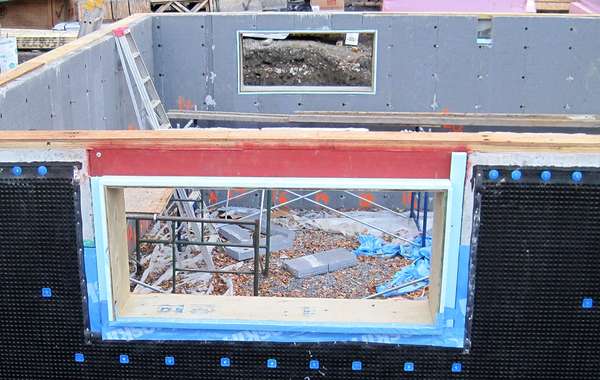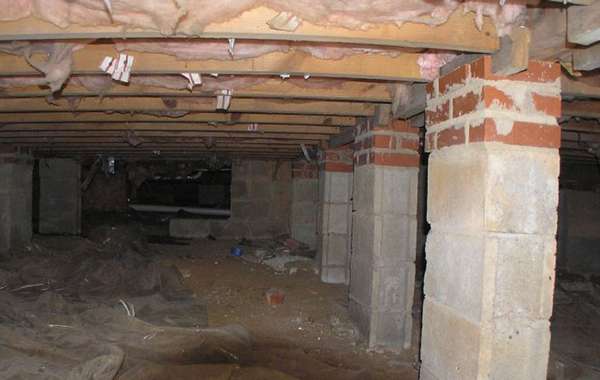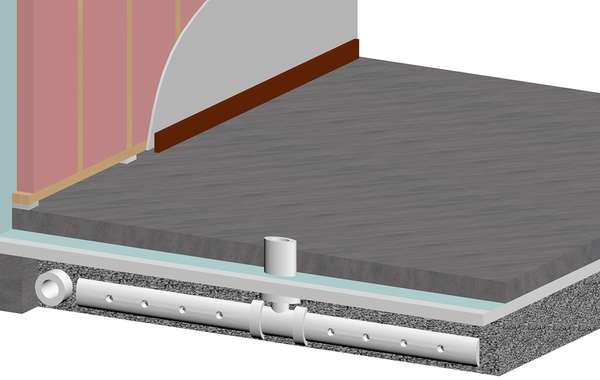What is the best way to insulate embedded joists in a basement Montreal Home?
I've recently purschased a house in Montreal Canada. We get -20C in Winter and we can get +30C in Summer.
I have a split level home built in 1961 that is pretty drafty. I would like to start with a basement remodel. The walls are currently made up of mineral wool insulation with studs on 16oc all the way until Joist levels. ( Not insulated) can touch concrete. And no Vapor barrier. The basement is also dry and not humid.
The joists are fully embedded inside the concrete slab. Hence, the floor above close to the baseboard is very cold.
My plan is to fully demo the basement walls and start from scratch.
I've been getting mixed opinions online about properly insulating the "rim joist". Some say it will rot if insulated. And if insulating the rim joist use only 1inch max. - Link Section 6.2.6 "https://www.nrcan.gc.ca/energy-efficiency/energy-efficiency-homes/make-your-home-more-energy-efficient/keeping-heat/keeping-heat-chapter-6-basement-insulation/15639#a6-2 "
I want to use a professional company to spray foam the joist area while using XPS ridgid boards for the wall and floor. ( Top of slab)
Whats the best approach.
Thank you

























We advise against spray foaming any rim joists that are wet set in concrete because they are highly vulnerable to moisture movement coming through the concrete, so they could rot, leaving you with a big problem. Its not often that we recommend ‘not’ insulating portions of a house, but yours is one of those cases where we do.
You will experience a bit more heat loss, but that would pale in comparison to the cost (financial and ecological) of having to rebuild the floor structure of your home.
Spray foam on rim joists of old homes that are NOT embedded in concrete is one of the few places we regularly recommend using it, as any material with spray foam on it is not recyclable or re-useable and will no doubt end up in a landfill. And one last tip – there are a couple of manufacturers of spray foam that have switched to blowing agents with much lower GHGs (green house gas emmisions), you can read about that here -
Where to find spray foam with eco-friendly blowing agents.
One other tip that would save you money would be to swap out XPS for EPS insulation. It has a slightly lower R value per inch, but it’s about half the price and has a fraction of the global warming potential, you can read more here on our page about choosing the best rigid insulation panels.